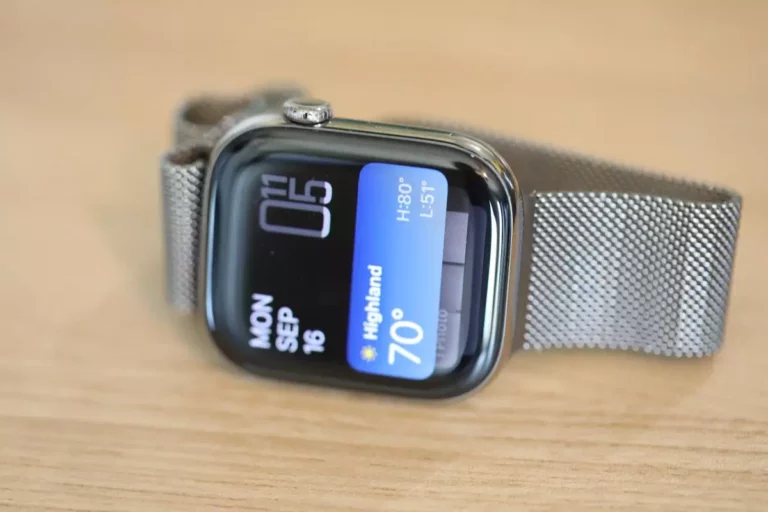The ongoing legal battle between tech giant Apple and medical device company Masimo highlights the complexities of patent law in the modern technological age. Recently, a federal jury concluded that Masimo’s smartwatches had infringed on Apple’s design patents. Despite this ruling, the financial implications for Apple were minimal, reflecting a broader theme in patent litigation: victories in the courtroom often come without the expected monetary rewards. This case has drawn attention not only for the specific infringement claims but also for its implications for how companies guard their intellectual property in an increasingly competitive market.
Motivations Beyond Money
Interestingly, Apple’s pursuit of Masimo was not driven by a desire for significant financial compensation. According to reports, Apple only sought the statutory minimum of $250 as a judgment against Masimo. Apple’s attorney, John Desmarais, emphasized in court that the company’s primary objective was not to secure monetary damages, but rather to deter Masimo from replicating Apple’s innovative designs. This statement reveals a strategic mindset where the tech mogul prioritizes design integrity over profit, a stance that can impact industry standards and inspire more stringent adherence to patent laws across various sectors.
The jury found the infringement to be willful, which can often pave the way for heightened scrutiny of the infringing party. However, it is important to note that the ruling was specifically applicable to Masimo’s previously existing products, such as the W1 Freedom and its associated charger, which have already been discontinued. Masimo’s response to the verdict was notably optimistic, arguing that the jury’s decision does not extend to its current product lineup. This duality exemplifies the often contentious and multifaceted nature of patent law, where a company can “win” a legal battle but still maintain a foothold in the market with its ongoing products.
Apple’s countersuit originated from an earlier claim by Masimo, which alleged that Apple had infringed upon its own patents related to a feature in the Apple Watch that measures blood oxygen levels. This back-and-forth highlights the intricate dance of innovation and intellectual property rights that characterizes the tech industry. While Masimo’s current products are unscathed by this ruling, Apple is still pursuing additional legal measures concerning an import ban on models equipped with the contested technology.
The evolving nature of patent litigation means that companies must be agile in their strategies. As technological advancements accelerate and new features are developed, the threshold for what constitutes patent infringement may continue to shift, prompting companies to re-evaluate their approaches to innovation and intellectual property protection.
Overall, this recent case serves as a reminder that while courts can adjudicate matters of infringement, the ultimate winners may sometimes be the companies that adapt swiftly to changing legal and market landscapes.


Leave a Reply